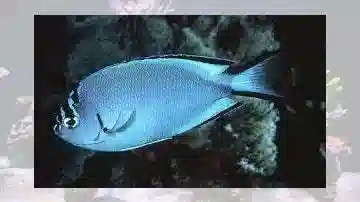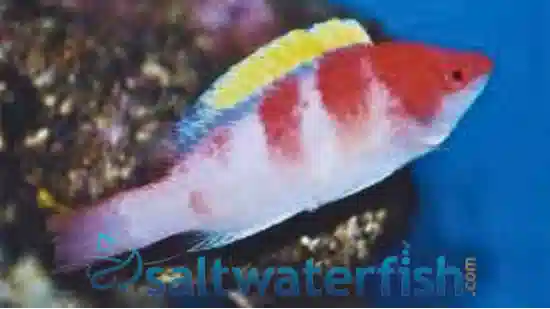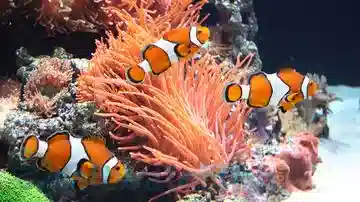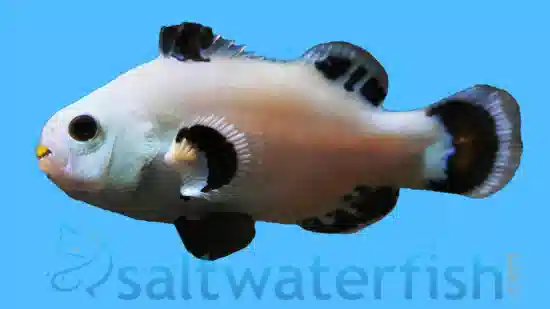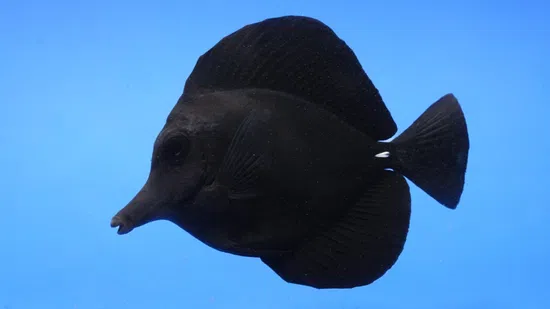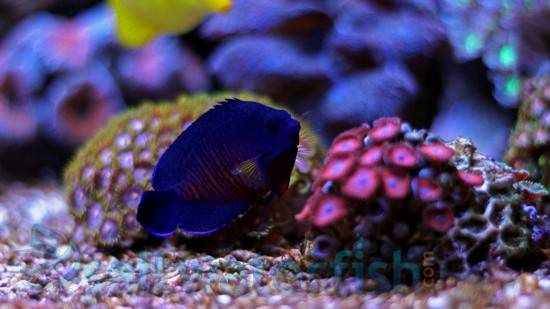Expert Only
Black Tang
Zebrasoma rostratum
(2 Reviews)
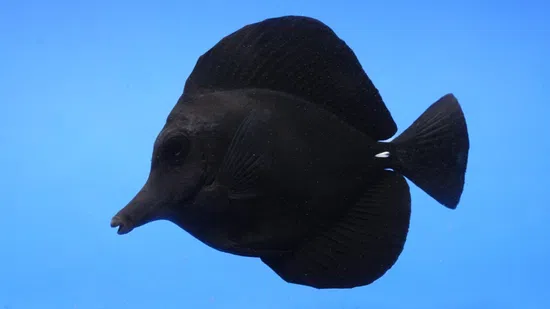
Expert Only
Black Tang
Zebrasoma rostratum
(2 Reviews)
{{ item.name }}
Size: {{ item.extra_field_3 }}
${{ getFormattedPrice(item.saleprice) }} ${{ getFormattedPrice(item.price) }}
To join the waiting list, click here
Free Shipping
With
$199.00
or more in Marine Life.
More details...
Black Tang Care Facts
| Care Level: | Expert |
|---|---|
| Temperament: | Peaceful |
| Diet: | Omnivore |
| Reef Safe: | Yes |
| Minimum Tank Size: | 180 gallons |
| Max Size: | 9 inches |
Black Tang (Zebrasoma rostratum): A Practical Care Guide
The Black Tang, scientifically known as Zebrasoma rostratum, is an exquisite marine species that can make a captivating addition to your saltwater marine aquarium. This straightforward guide will provide essential information on caring for this striking fish, covering its habitat, compatibility, diet, care requirements, and more.
Habitat of the Black Tang
Black Tangs are native to the warm waters of the Indo-Pacific region, where they dwell in coral-rich reefs and rocky outcroppings. They are typically found at depths ranging from 3 to 65 feet (1 to 20 meters), foraging for algae, and small invertebrates among coral formations and rocky structures.
Reef Compatibility of the Black Tang
This species is generally considered reef-safe. Black Tangs primarily feed on algae, making them an excellent choice for reef aquariums, where they can help control algae growth. However, like all tangs, they may occasionally nip at certain corals, especially if their dietary needs are unmet.
Size and Lifespan of the Black Tang
Black Tangs typically reach a length of about 8 to 9 inches (20 to 23 cm) when fully grown. With proper care, they can have a lifespan of 10 to 15 years in captivity, offering many years of enjoyment for dedicated aquarists.
Diet in Captivity of the Black Tang
In their natural habitat, Black Tangs graze on various algae, detritus, and small invertebrates. In captivity, it's essential to replicate their natural grazing behavior. Provide them with high-quality marine algae sheets, seaweed, and a mix of marine pellets and frozen foods such as brine shrimp and mysis shrimp.
Aquaculture and Availability of the Black Tang
Black Tangs are unavailable through aquaculture, but Saltwaterfish.com is dedicated to providing hobbyists with responsibly sourced fish. Each Black Tang is healthy, acclimated, and ready to thrive in your aquarium.
Compatibility with Other Fish and Invertebrates of the Black Tang
Black Tangs are generally considered peaceful but can become territorial when introduced to an established community aquarium. When selecting tankmates, choose species that can coexist peacefully and are not overly territorial.
Sexual Dimorphism of the Black Tang
Sexual dimorphism in Black Tangs is minimal, and distinguishing between males and females based on visual characteristics can be challenging.
Juvenile to Adult Coloration Changes of the Black Tang
Juvenile Black Tangs have a striking appearance with a deep, dark brown to black body. As they mature into adults, their coloration deepens and develops a subtle golden hue on the outer margins of their dorsal and anal fins.
Temperament of the Black Tang
Black Tangs are known for their generally peaceful character. However, they may become territorial when introduced to an aquarium with limited space or when they feel their territory is threatened.
Tank Requirements of the Black Tang
To provide the best care for your Black Tang, maintain a tank with a minimum size of 180 gallons (680 liters). This ensures ample swimming space and helps reduce territorial conflicts. Water conditions should mimic their natural habitat, with a pH level between 8.1 and 8.4, a salinity level of 1.020-1.025, a stable temperature between 74-78°F (23-26°C), and moderate water flow to simulate ocean currents.
Common Names of the Black Tang
The Black Tang is also known as the Black Surgeonfish.
Compatible Tank Mates of the Black Tang
Here are five specific species that can make suitable tank mates for your Black Tang:
- Purple Tang (Zebrasoma xanthurum)
- Powder Blue Tang (Acanthurus leucosternon)
- Flame Angelfish (Centropyge loriculus)
- Powder Blue Tang (Acanthurus leucosternon)
- Coral Beauty Angelfish (Centropyge bispinosa)
Why Choose the Black Tang from Saltwaterfish.com
When you acquire a Black Tang from Saltwaterfish.com, you invest in a visually striking addition to your saltwater marine aquarium. Saltwaterfish.com is committed to responsibly sourced fish, ensuring each Black Tang is healthy, acclimated, and ready to thrive in your aquarium. With their dedication to quality and a wealth of resources, Saltwaterfish.com makes it easy to enjoy the unique beauty of these tangs in your home aquarium.
The Black Tang (Zebrasoma rostratum) is captivating and peaceful in saltwater marine aquariums. With their striking dark coloration and graceful swimming, they can be a fascinating choice for both beginner and experienced aquarists looking to add a touch of elegance to their collection. By adhering to their specific requirements and providing a suitable environment, aquarists can witness the Black Tang's presence in their aquatic habitat.
Expert Only: Items designated as expert only require special care such as a species specific environment, special diet or care, and an expert level, experienced aquarist. Not for beginners. Expert Only items qualify for our live arrival guarantee only, and are exempt from our extended 8 day guarantee.
Reviewed by: Arthur Devlin on Jan. 3, 2025
Very lovely. I thought Black Tang and the damsels were fighting, but it looks like they will seek him out and he will seek them. They seem to play in a way the damsels never did with each other. He stays closer to the bottom and doesn't come up to compete for food. I didn't think he was eating but then I realized my cheto was all but gone. Hungry as a herbivore.
Reviewed by: Tim Sprott on Jan. 1, 2022


